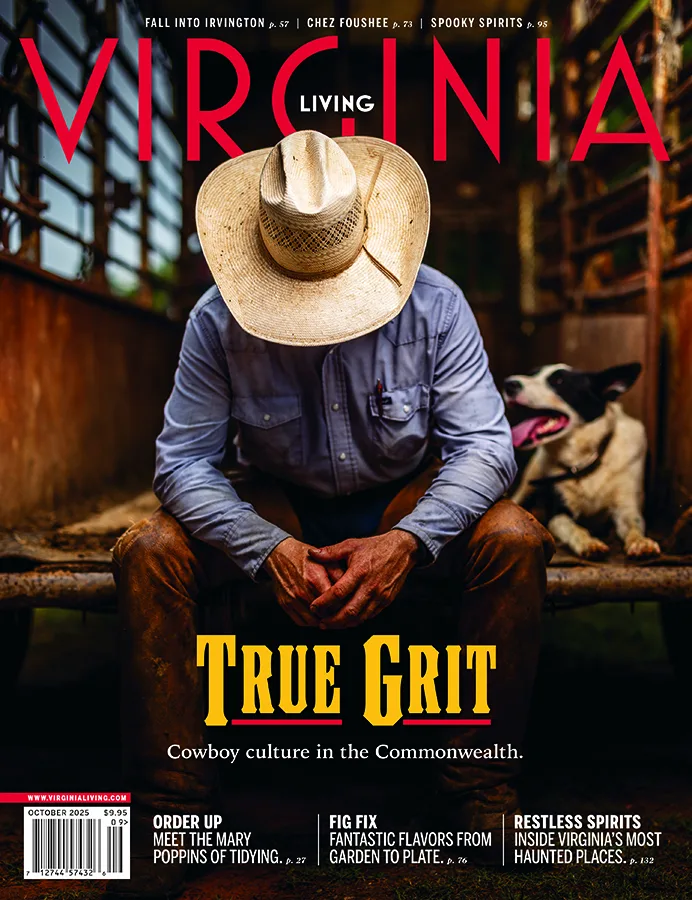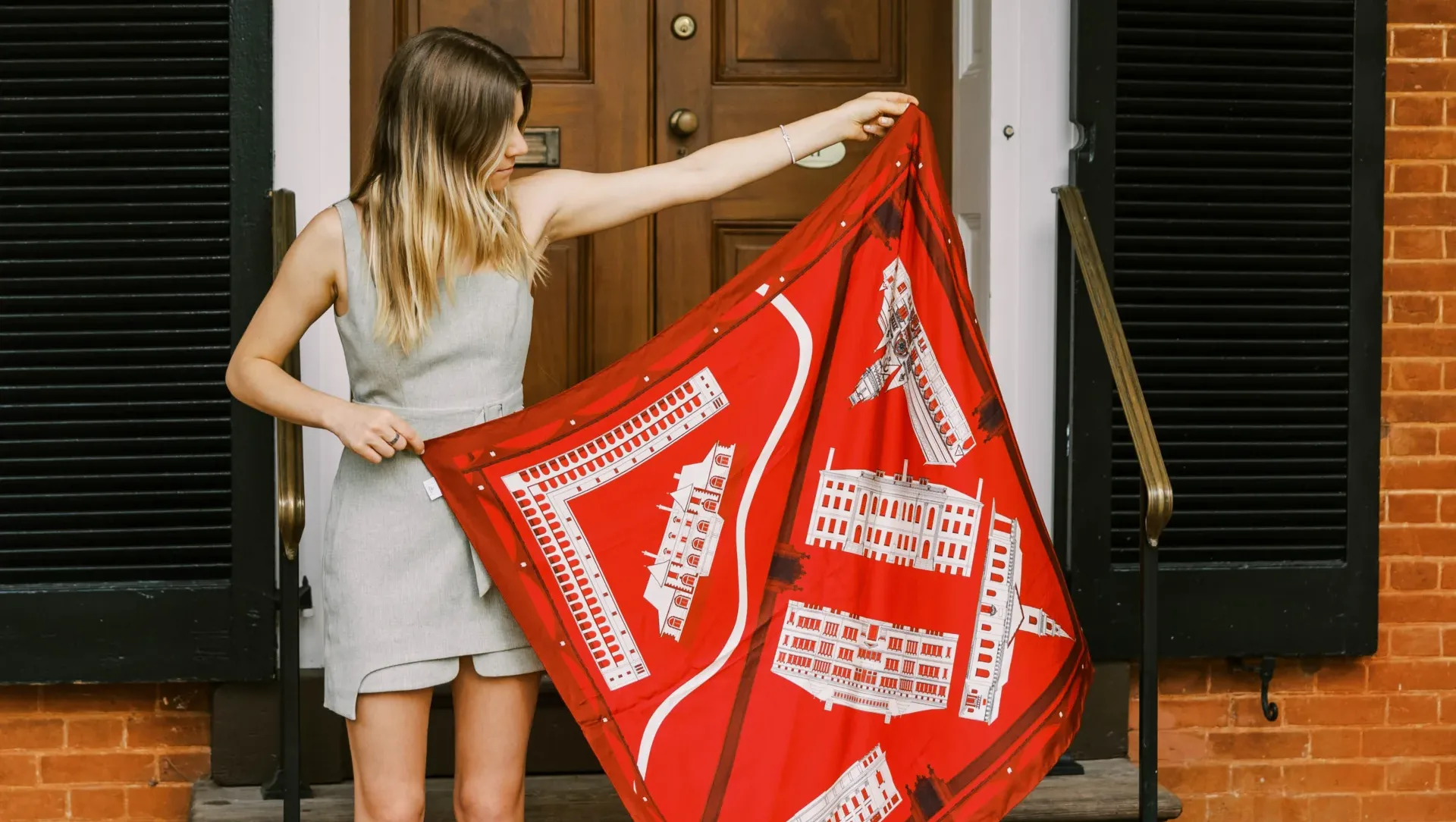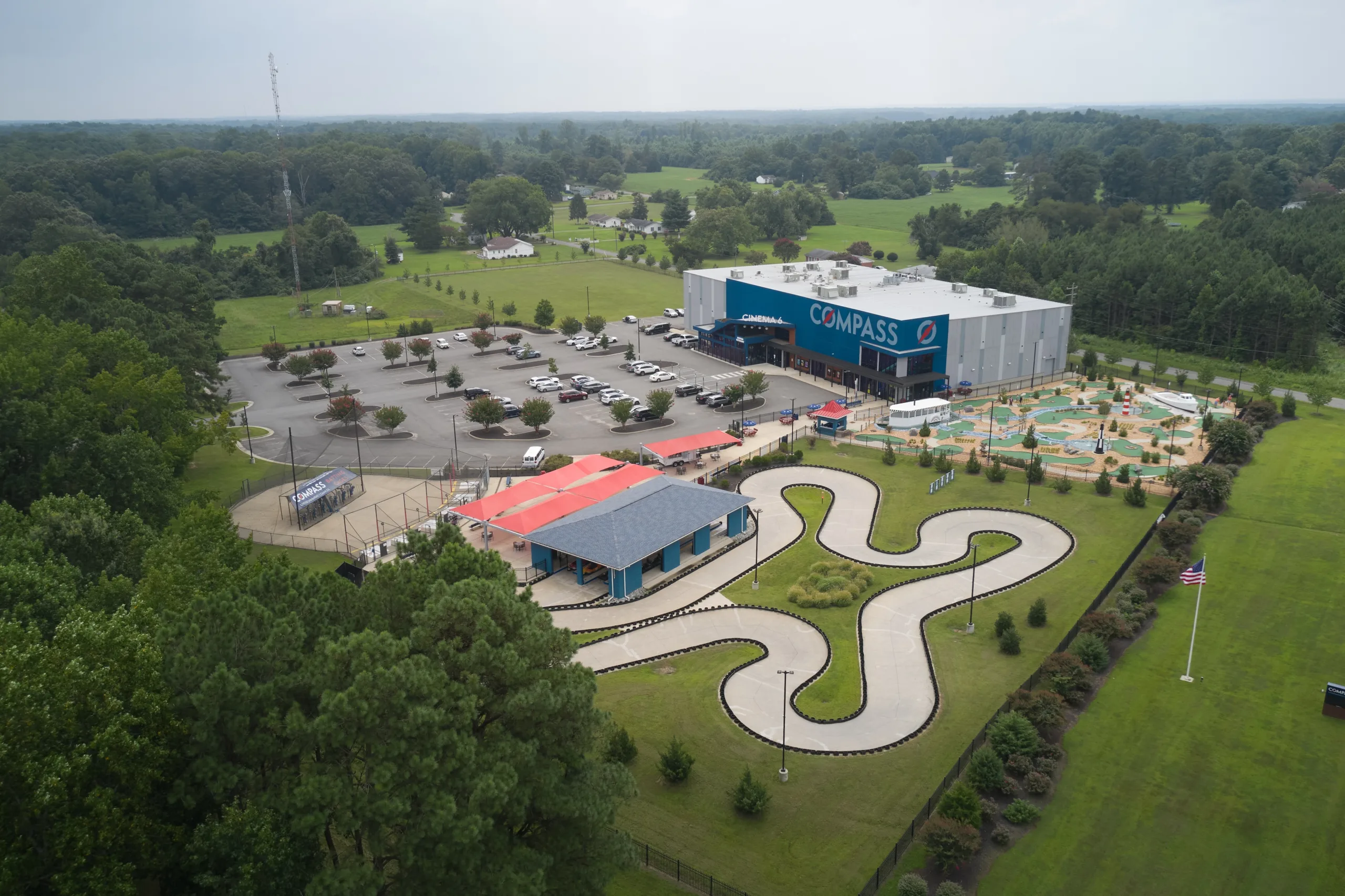Olivia Cleary had always known creativity was her strength. Doodles in notebooks. Experimenting with a two-point perspective that stretched the lines of reality. Drawing along the margins. Art was in everything that she did.
But, with some encouraging nudging from her parents, she looked for an avenue to make the ambiguous concept of creativity more definable—and, perhaps, lucrative. That led her to architecture school at the University of Virginia, where she found freedom in merging the strict process and technicality of architecture with the limitless possibilities of art and creativity.
After a brief post-grad stint in the New York architecture world, she left the blueprints behind—mostly. Cleary launched her business, The Clearly Collective, as a new take on college spirit gear. She creates architectural iterations of university experiences, which are then printed on heirloom-worthy silk scarves. It’s the chic alternative to the classic college slogan emblazoned on a sweatshirt.
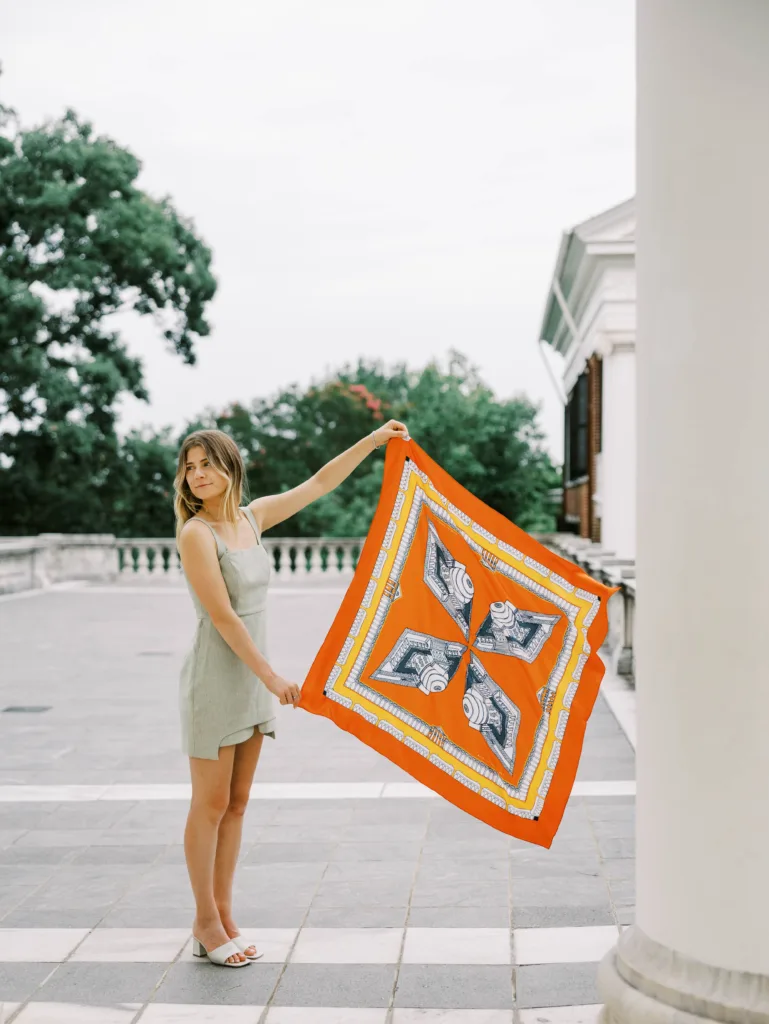
One could say, Cleary’s silk scarves are giving functional structure to art the same way architecture gave process and practicality to her creativity.
“An artist has to make their art or storytelling understandable by someone who doesn’t speak that language. Architecture is similar—you have to communicate concepts in a way that can actually be built,” says Cleary. “And it’s what I’m doing now with scarves—putting art and stories into an understandable format.”
However, getting to the scarf application wasn’t necessarily a straight path. While working in architecture, Cleary looked for other ways to draw outside the lines, literally. “I’d always wanted to do something with fashion. Who doesn’t? I got a pair of white jeans, and I started drawing,” recalls Cleary.
Jeans led to a shirt, which led to a jumpsuit. She compares it to a full-body tattoo, which, for the uninitiated, isn’t a quick process. Cleary says, “My friends started asking for their own illustrated clothing, but I could only do one a month. It just took so long.”
She needed a more accessible canvas. Something where she could interpret her creativity and recreate it at scale. And, so, the scarves were born—but not because they were an accessory Cleary had experience with. She’d never worn one before, but she saw them as an opportunity. Scarves were a functional, wearable art form and a new medium to learn, and her timing was serendipitously aligned with larger macro trends in luxury items and sophisticated, European-inspired style.
“Hermès paved the way, making silk scarves such an iconic look. They’re already associated with a level of sophistication,” says Cleary. “My goal is to offer that vintage luxury feel with a different style.”
Cleary chose campus architecture as the focus for her scarf designs, with the idea that connections to university experiences last a lifetime. A current student would style the scarf one way, while their parents or grandparents might style it another, but the silhouette resonates across the generations.
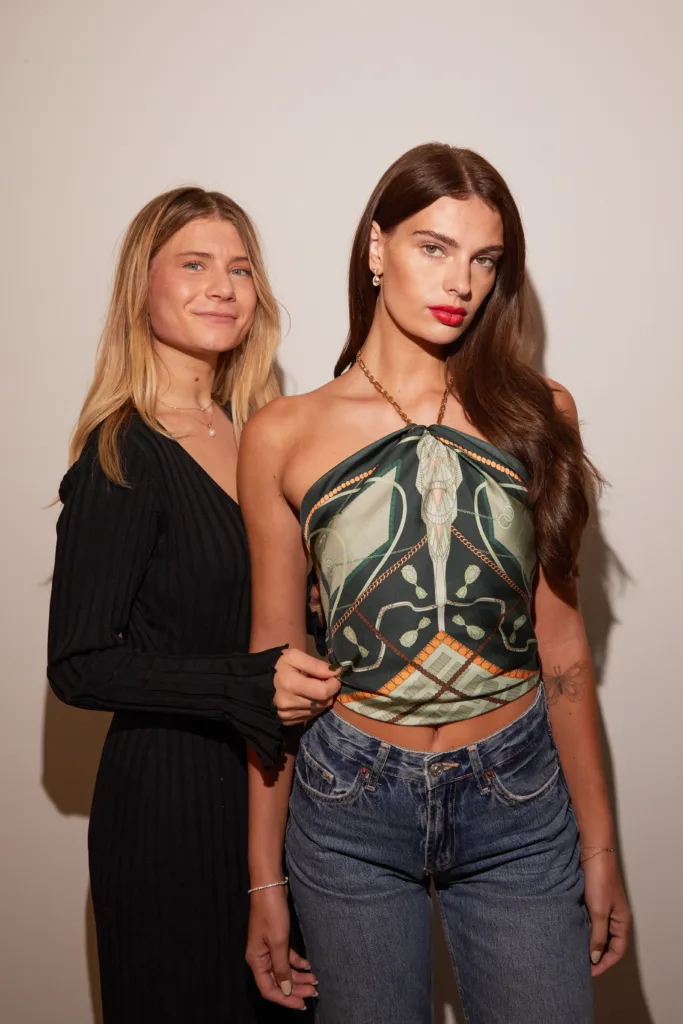
Her first official scarf for The Clearly Collective was, naturally, the UVA-inspired scarf. “The architecture at UVA is so rich,” says Cleary, who used a repeat of an abstracted rendering of the Rotunda. “The Rotunda is the first time at an American university that the center of the academic campus was the library and not a church. This is timeless architecture and a timeless application.”
Georgetown and the University of North Carolina Chapel Hill followed soon after, each one motivated by a personal tie of Cleary’s, whether it’s a sister, a cousin, or a friend.
As her collection has grown, she’s turned to storytelling and crowdsourcing to create designs that will cause an alum to pause and notice. “There are small details, like a repeating scroll design on the Wake Forest scarf. If you know, you might realize it’s actually a line of toilet paper rolls. Every time they win a game, they toilet paper the trees,” laughs Cleary.
It’s this creativity—and the attention to process and detail—that has made these scarves a hit both on campuses and beyond. She explains, “In architecture, you have process. You go to a client meeting where they tell you what their lifestyle is like or how they move in the kitchen. You get to know the inner workings. That’s the same way I gather information and stories for my scarf designs.”
On the horizon, Cleary is going international. She recently completed the UVA Darden i.Lab Incubator program, which she says took her from an artist to an entrepreneur who understands how a five-year plan will shape her business. Next, she’s moving to Italy, where she’s excited to find inspiration in the rich tradition and architectural history. “I’m focusing on destinations next. It opens up scarves as an art form beyond having gone to a specific college. The Santorini scarf might resonate with you and, whether or not you’ve been yet, the design and colors will welcome you in.”
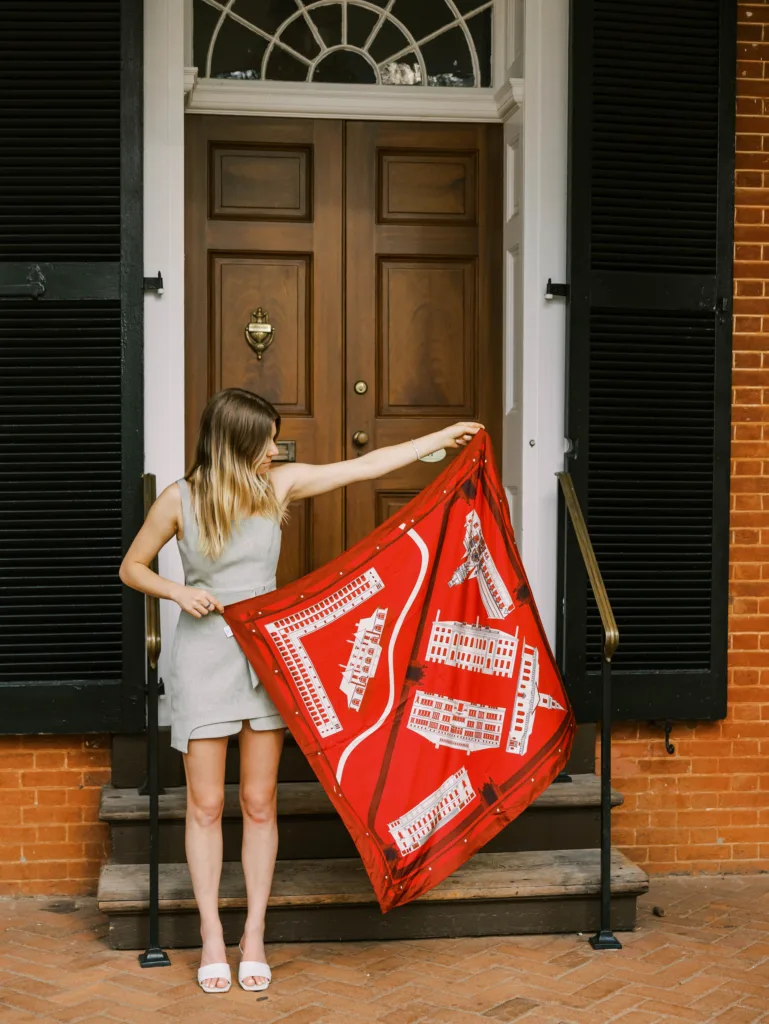
This article originally appeared in the June 2025 issue.
